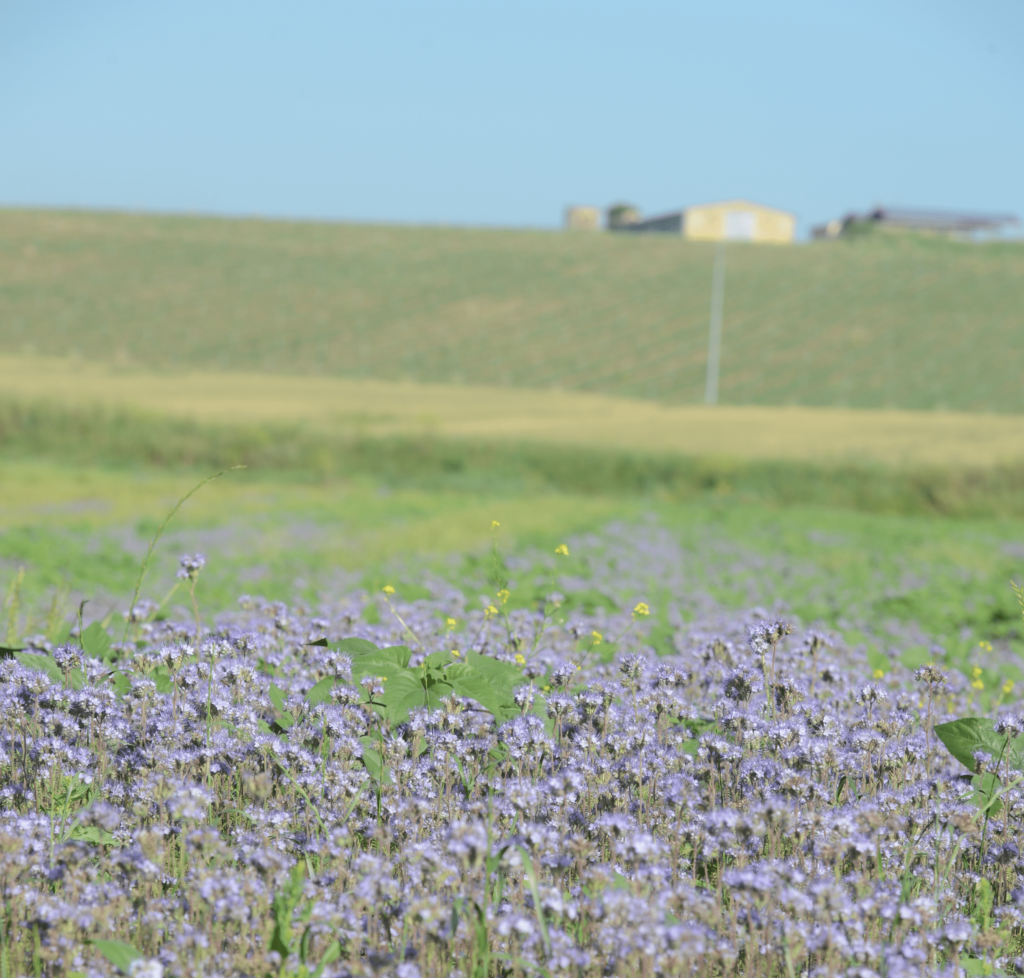Despite the negative impact of man on environment, it is often still nature that offers help to deal with some emergencies. This is the case of Phacelia, the honey plant, a source of precious nourishment for bees which blooms in this period of scarce availability of pollen. The protection of bees is one of the most urgent global issues; their survival is threatened by the indiscriminate use of pesticides, pollution and climate change, endangering their fundamental role in maintaining biodiversity and conserving nature. Promoting Phacelia crops is a small but significant contribution to protecting bees’ lives.
Global Alarm
This year the UN celebrated the first World Bee Day (20 May), a significant decision that confirms how high the matter concerning the survival of these insects is. The use of pesticides in agriculture, the increase in pollution and climate change have significantly reduced the number of bees in the world. Their extinction is feared and it is a risk that the Planet cannot afford. “If bees disappeared off the face of the Earth, man would only have four years left to live” stated Albert Einstein. We don’t know if this is the case, but without bees there would be a drastic drop in food products, fruit and vegetables because 75% of the food is the result of their pollination work. Through this activity they guarantee the presence of different plant species, which is why bees have a fundamental role in maintaining biodiversity and nature conservation. Today this balance is strongly at risk, just think of the effect of climate changes that are upsetting the vital rhythms of the seasons. Pollen is available when bees aren’t yet ready to collect it and, vice versa, when the right time of blooming comes often it is lacking the nourishment needed to feed the swarm. Concrete projects are needed to protect their lives, so that agriculture becomes again bee-friendly, drastically reducing pesticides and with crops favourable to the survival of the species.
Phacelia: Bee-friendly Plant

In this period, it’s possible to admire a spectacular expanse of purple flowers, but maybe not everyone knows that may that it’s Phacelia plant that contributes to saving bees from extinction. It is an annual plant that can reach one meter in height; its flower, with its characteristic purple colour, produces pollen and nectar of the highest quality. A real godsend for bees that in the summer months are in crisis of nourishment due to the lack of inflorescences. The honey that is produced from the pollen of these flowers is very pleasant on the taste and with high organoleptic properties. In recent years more and more farmers, sensitized by agricultural consortia and beekeepers, are committed to cultivating the Phacelia, alternating it with corn fields, and benefiting, among other things, from the natural fertilizer obtained from the flower at the end of its life cycle. Società Italiana Sementi (S.I.S.) sells Phacelia seed, in particular of the Facita variety, in packs of 5 kg. S.I.S. is also studying the production of Phacelia seed and other honey plants to be used after threshing the wheat, so that bees can find abundant nourishment even in late summer, a fundamental factor to reduce the risk of disease attacks that hit the beehives.

